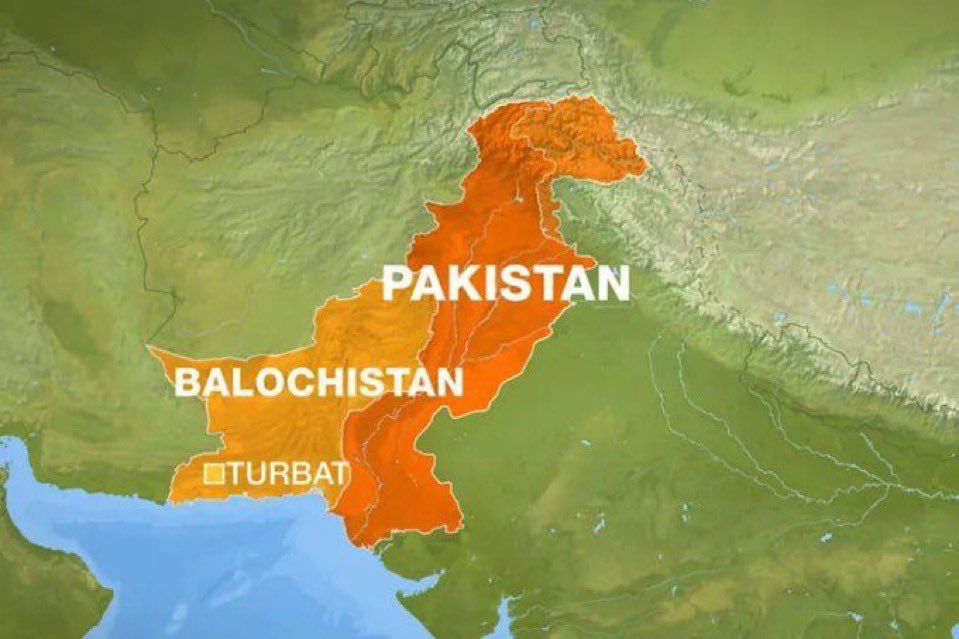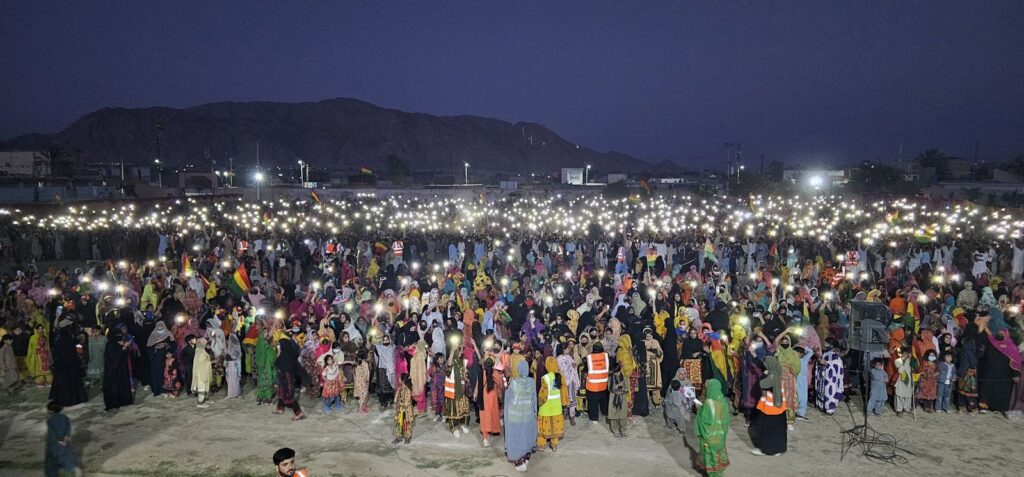
“What is happening in Balochistan 2025?
In 2025, Balochistan remains one of the most troubled regions in South Asia. Despite decades of conflict, the situation has worsened, bringing more international attention to the Baloch people’s struggle for freedom.
The Historical Roots of the Balochistan Conflict
Balochistan, rich in natural resources like gas, coal, and gold, has been under Pakistani control since 1948. Even, many Baloch people never accepted this annexation.
For decades, Baloch nationalists have fought for greater autonomy or full independence. The Pakistani state has often responded with heavy military action, causing massive human rights abuses.
What Is Happening Right Now in Balochistan (2025)?
1. Increased Military Operations
In 2025, military operations in Balochistan have intensified. The Pakistani army had launched several new offensives, especially in some areas like Turbat, Gwadar, and Quetta.
Villages are being raided, and hundreds of young Baloch activists have gone missing. Families continue to protest with pictures of their missing loved ones, demanding justice.
“Enforced disappearances have become a tragic routine,” says a Baloch human rights group.
2. The Rise of the Free Balochistan Movement
The Free Balochistan Movement has gained international support in 2025.
Many Baloch activists now operate from exile in countries like the United Kingdom, Switzerland, and the United States.
They organize peaceful protests, awareness campaigns, and lobby for sanctions against Pakistan.
In 2025, Free Balochistan has become a recognized issue in many European parliaments.
3. Human Rights Violations
Reports from organizations like Amnesty International and Human Rights Watch show that:
- Torture of political prisoners is widespread.
- Freedom of speech is almost non-existent.
- Journalists face threats, kidnappings, and even death.
Ordinary Baloch citizens live in fear, caught between the army and separatist groups.
“In Balochistan today, even a simple tweet can cost you your life,” says an exiled journalist.
4. Economic Exploitation and CPEC
The China-Pakistan Economic Corridor (CPEC), a multibillion-dollar project, cuts through Balochistan.
But instead of benefiting local people, CPEC profits mainly go to Pakistan’s elite and foreign investors.
Local Baloch communities are displaced from their lands with little to no compensation.
“Our gold, our gas, and now our land — everything is stolen,” says a Baloch tribal leader.
5. The Global Silence

Despite having massive human rights violations, global media rarely covers Balochistan
Why? Because Pakistan is a strategic partner for powerful countries like China and the USA.
Geopolitics often matters more than human lives.
However, in 2025, more Baloch activists are using social media to break the silence. Their voices are slowly reaching international platforms.
What Could the Future Hold for Balochistan?
- More international pressure could force Pakistan to negotiate with Baloch leaders.
- Or, the conflict could get worse, leading to more violence and suffering.
The Baloch people are determined to fight for their rights, whether through peaceful protests or other means.
“Balochistan will rise again,” is a slogan now often seen in protests worldwide.
Future Outlook: Is Balochistan Headed Toward Progress or More Turmoil?
As we move through 2025, Balochistan remains at a turning point. Major development projects under the China-Pakistan Economic Corridor (CPEC), especially around Gwadar Port, are reshaping the region’s landscape. These projects promise economic growth, job opportunities, rise in fuel bills and improved infrastructure—but for many locals, the reality feels disconnected from the promises.
The core issue is not just development, but inclusive development. Many Baloch residents feel excluded from decision-making and believe that their natural resources are being extracted without fair compensation or benefit to their communities. These concerns continue to fuel protests, distrust, and in some areas, instability.
Looking ahead, Balochistan’s future depends on how the government and stakeholders respond to these challenges. If efforts are made to include local voices, improve education, create jobs, and ensure fair resource sharing, the province could finally move toward long-term peace and prosperity. However, if the current gaps between development and public trust widen, tensions may only deepen.
In 2025, Balochistan is not just a story of conflict—it’s a region full of potential. Whether that potential is realized depends on the choices made today.
Conclusion
Balochistan in 2025 is a land of broken promises, crushed hopes, but undying spirit.
While the road to freedom is dangerous and uncertain, the voice for Free Balochistan grows louder every day.
The world can no longer ignore the cries coming from the mountains and deserts of Balochistan.
More you should know about: http://www.mapsof.net/balochistan

